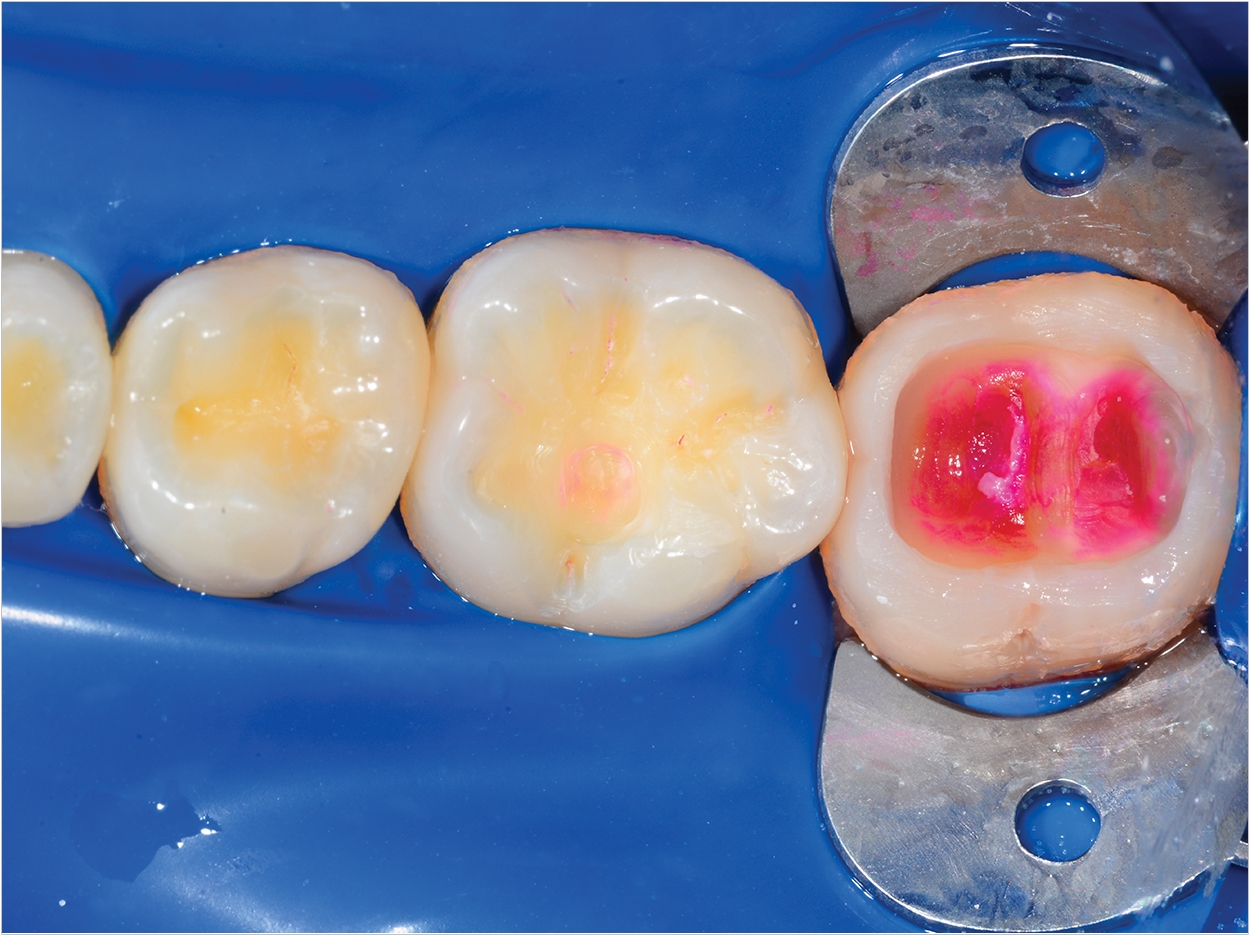
Gethin Owen, PhD, of the University of British Columbia Faculty of Dentistry and Nicholas E. Bishop, Dr-Ing, of the Hamburg University of Applied Sciences will team up to develop the first comprehensive model of the dentoenamel junction (DEJ) in its native state using state-of-the-art 3-D imaging.
Owen is the technical director of electron microscopy at the Centre for High-Throughput Phenogenomics at the Faculty of Dentistry. An expert in 3-D electronic microscopy in basic research of biological and material samples, he has been investigating the native structure of the DEJ using high-resolution 3-D imaging.
Bishop is a professor of biomechanics and technical mechanics with the Faculty of Life Sciences. He is an expert in computational modelling and finite elements in engineering mechanics, specifically for biological tissues.
Together, the researchers will develop a finite element model (modelling of systems in a virtual environment to understand the performance of materials under controlled conditions) from the high-resolution image data generated using a dual-beam microscope to better understand the DEJ’s structure and function toughening mechanism.
“This model will ultimately further enhance our knowledge as to how the DEJ structure is capable of successfully uniting dissimilar materials and can be applied as a model for the development of functionally graded wear-resistant and impact-resistant materials,” Owen said.
“Such models will be critical to the advancement of materials engineering and tissue engineering applications, especially at interfaces where successful integration of dissimilar materials is the goal,” Owen said.
Related Articles
Operative Dentistry for the Primary Dentition: An Overview
3-D Imaging Reveals Regenerated Tissue to Improve Growth
Implant Surface Treatments Tested Against Peri-Implantitis












